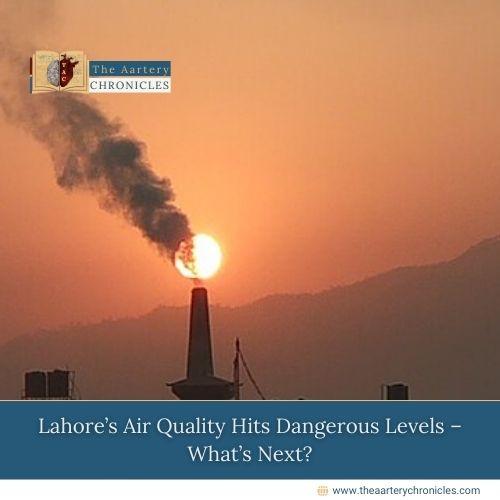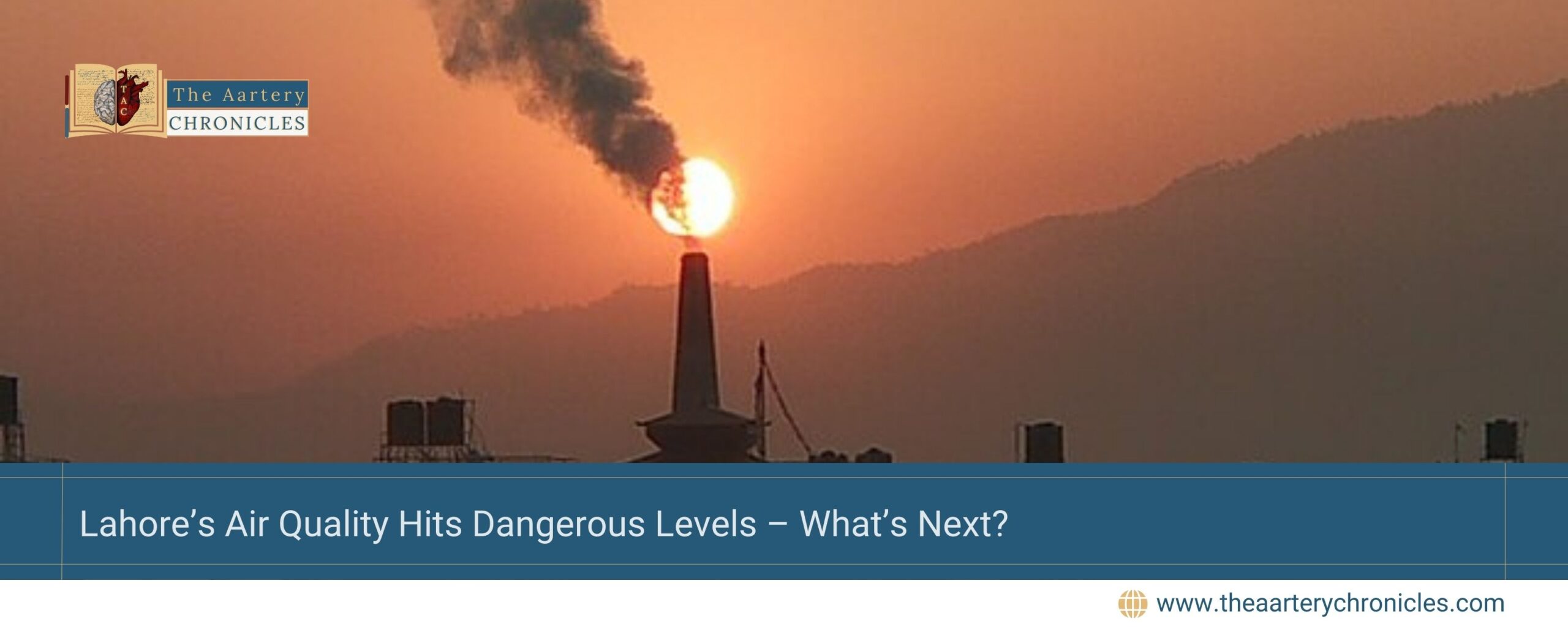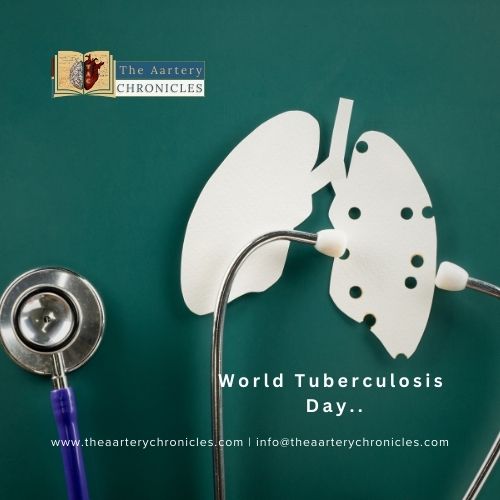

Lahore’s Air Quality Hits Dangerous Levels – What’s Next?
Pakistan’s cities, Lahore and Karachi, are grappling with severe air pollution, posing a significant threat to public health. A recent report by IQAir has ranked Lahore as the most polluted city globally, with an Air Quality Index (AQI) of 354, while Karachi stands at 13th with an AQI of 164. These alarming figures highlight the urgent need for action to address this crisis.
Hazardous Air Quality in Lahore
Lahore, home to over 11 million residents, has long struggled with deteriorating air quality. The city’s AQI of 354 is classified as “Hazardous,” making it dangerous for everyone, particularly vulnerable groups like children, the elderly, and individuals with pre-existing health conditions.
The primary causes of Lahore’s pollution include:
- Vehicle Emissions: Diesel and petrol vehicles contribute to 80% of the pollution in Lahore.
- Industrial Activities: Factories and industrial units emit harmful pollutants into the atmosphere.
- Crop Burning: Seasonal burning of agricultural waste worsens air quality, especially during the colder months when smog intensifies.
Health Crisis Linked to Pollution
Poor air quality has led to a public health emergency in Lahore. Over the past month:
- 1.8 million people have fallen ill due to smog.
- 1,29,229 individuals sought hospital treatment for respiratory issues such as asthma and bronchitis.
- 61 million people have reported cardiothoracic conditions, including heart diseases and strokes.
Additionally, daily hospital admissions for respiratory problems, chest pain, and smog-related complications have exceeded 69,000.
Karachi: Struggling with Unhealthy Air
Karachi, Pakistan’s largest city, has an AQI of 164, placing it in the “Unhealthy” category. The city’s bustling port, dense traffic, and industrial zones contribute to 60% of its pollution. Despite some efforts to reduce emissions, Karachi’s air quality continues to decline, putting millions at risk.
The Role of Climate Action and Next Steps
The Climate Action Centre (CAC) attributes the majority of air pollution in Lahore and Karachi to vehicle emissions. To combat this crisis, comprehensive strategies are required, including:
- Promoting cleaner, alternative energy sources for vehicles.
- Implementing stricter regulations for industrial emissions.
- Encouraging the use of public transportation and carpooling.
- Raising public awareness about the dangers of air pollution and preventive measures.
Conclusion
Lahore’s ranking as the world’s most polluted city and Karachi’s worsening air quality serve as a wake-up call for urgent action. Without immediate interventions, the health and well-being of millions of residents will remain at risk. Transitioning to sustainable practices and improving healthcare access are critical steps in mitigating this environmental and public health crisis.
Source: Inputs from various media Sources
I’m a pharmacist with a strong background in health sciences. I hold a BSc from Delhi University and a pharmacy degree from PDM University. I write articles and daily health news while interviewing doctors to bring you the latest insights. In my free time, you’ll find me at the gym or lost in a sci-fi novel.









